BIS 2C Animal Phylogeny
1/26
There's no tags or description
Looks like no tags are added yet.
Name | Mastery | Learn | Test | Matching | Spaced |
|---|
No study sessions yet.
27 Terms
Key characters of: porferia
monoblastic
irregular cleavage
assymetrical
no gut
filter feeder
choanocytes & spicules
sponges!!
Key characters of: cnidaria
diploblastic
irregular cleavage
radial symmetry
incomplete gut
suspension & predator
Key characters of: echinodermata
triploblastic
radial regulative
mosaic cleavage
pentaradial
complete, one-way gut
predator, scavenger, grazer
suspension, deposit
no head/brain
water vascular system!
tube feet & spines
Key characters of: annelida
Annalids = segmented, looks like a worm
Annalids = worm with a tunic outside, segmented
triploblastic
spiral mosaic
bilateral
complete, 1 way gut
deposit
spaghetti worm, rag worm, feather duster
segemented body!!, paired setea, filter feeding
Key characters of: mollusca
triploblastic
spiral mosaic
bilateral
complete, 1 way gut
suspension feeder, grazer, predator
specialized muscular foot for locomotion radula w/ shell
sea hair
Key characters of: chordata
triploblastic
radial regulative
bilateral
complete, 1 way gut
suspension feeder
notochord(rod that runs along embryo, adds support)
Key characters of: anthropoda
ECHDYSIS
barnacles
triploblastic
spiral mosaic
complete, 1 way gut
scavenger, grazer
suspension predator
segmented body!!
jointed appendages!!
exoskeleton made of chitin
fluorescence under uv light
Developmental sequence of metazoan
zygote
2c
4c
radial
spiral cleavage--> blastula
Diversity within mollusca
Gastropoda: snails, slugs
Chitons: marine grazers
Bivalves: clames and muscles
Cephalopods: squid shells for protection
All molluscs have some sort of shell & muscle!
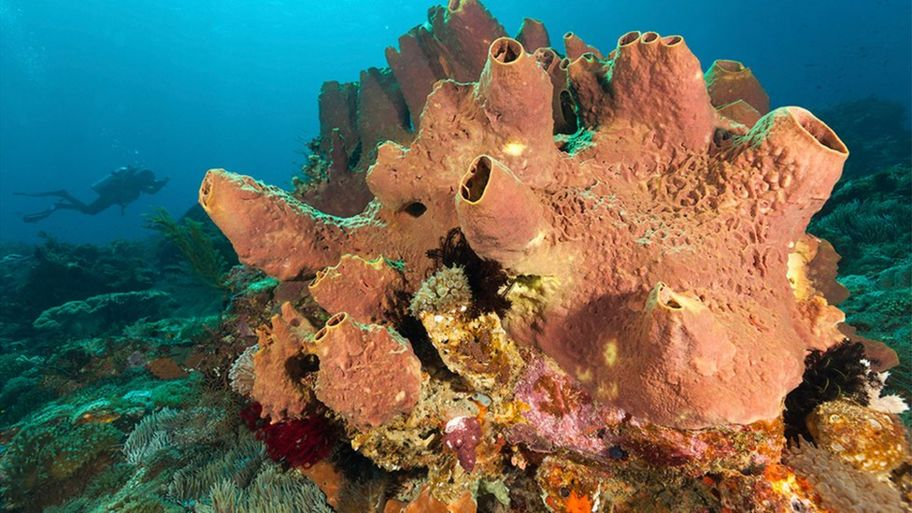
Porifera: Sponge
Feeding: filter feeder
Gut: no gut, intracellular digestion
Symmetry: asymmetrical
Key Features: body with pores, canals, chambers lines w/ choanocytes

Cnidaria: Gorgonian
(Looks like strawberry/orange coral)
Feeding:
Gut: incomplete (2-way)
Symmetry: radial
Key Features: two basic types: polyps & medusae, special stinging cells (nematocysts)
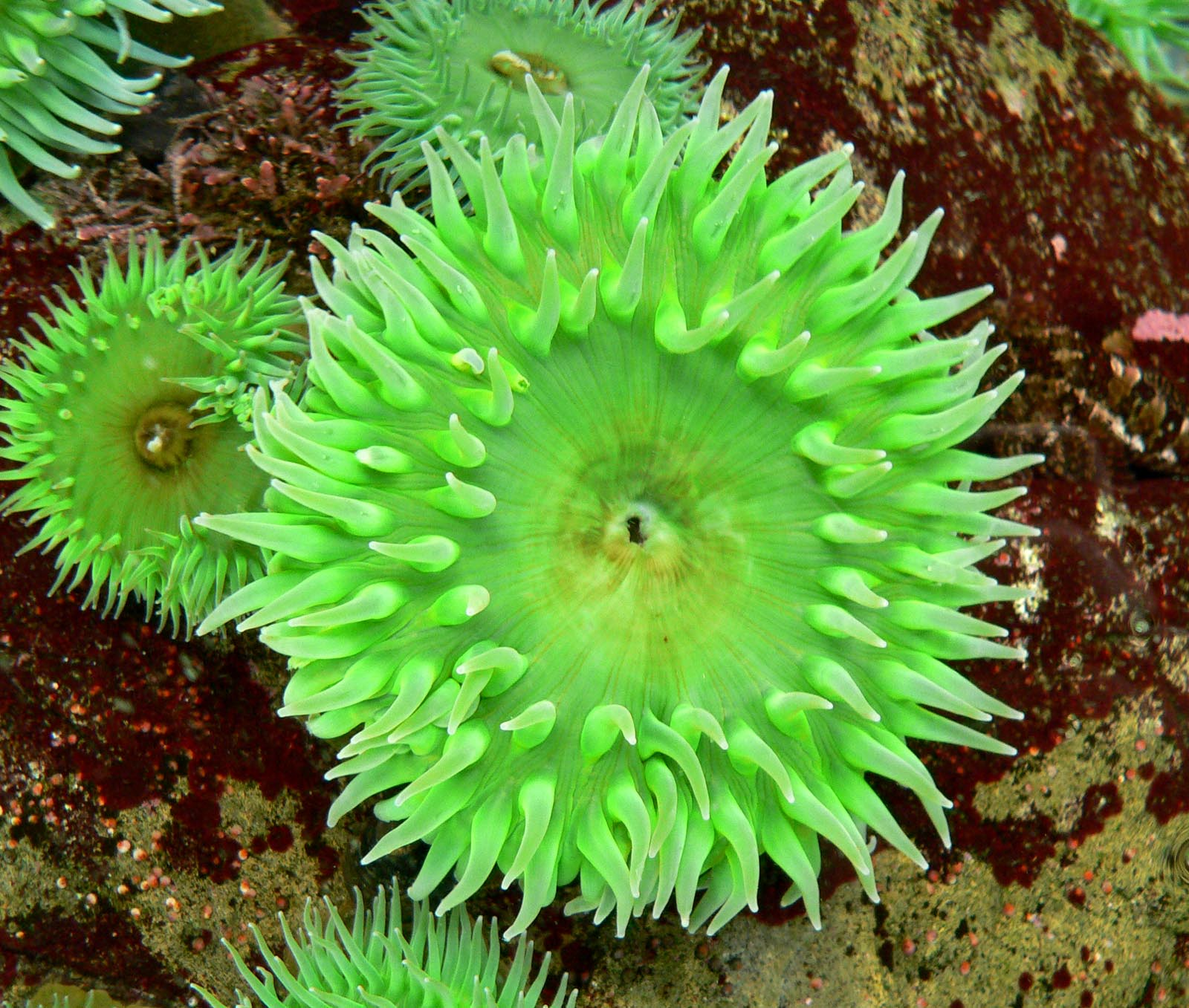
Cnidaria: Giant Green Sea Anemone
(Looks like a giant green sticky sea anemone (you touched it and freaked out))
Feeding: predator
Gut: incomplete (2-way)
Symmetry: radial
Key Features: two basic types: polyps & medusae, special stinging cells (nematocysts)
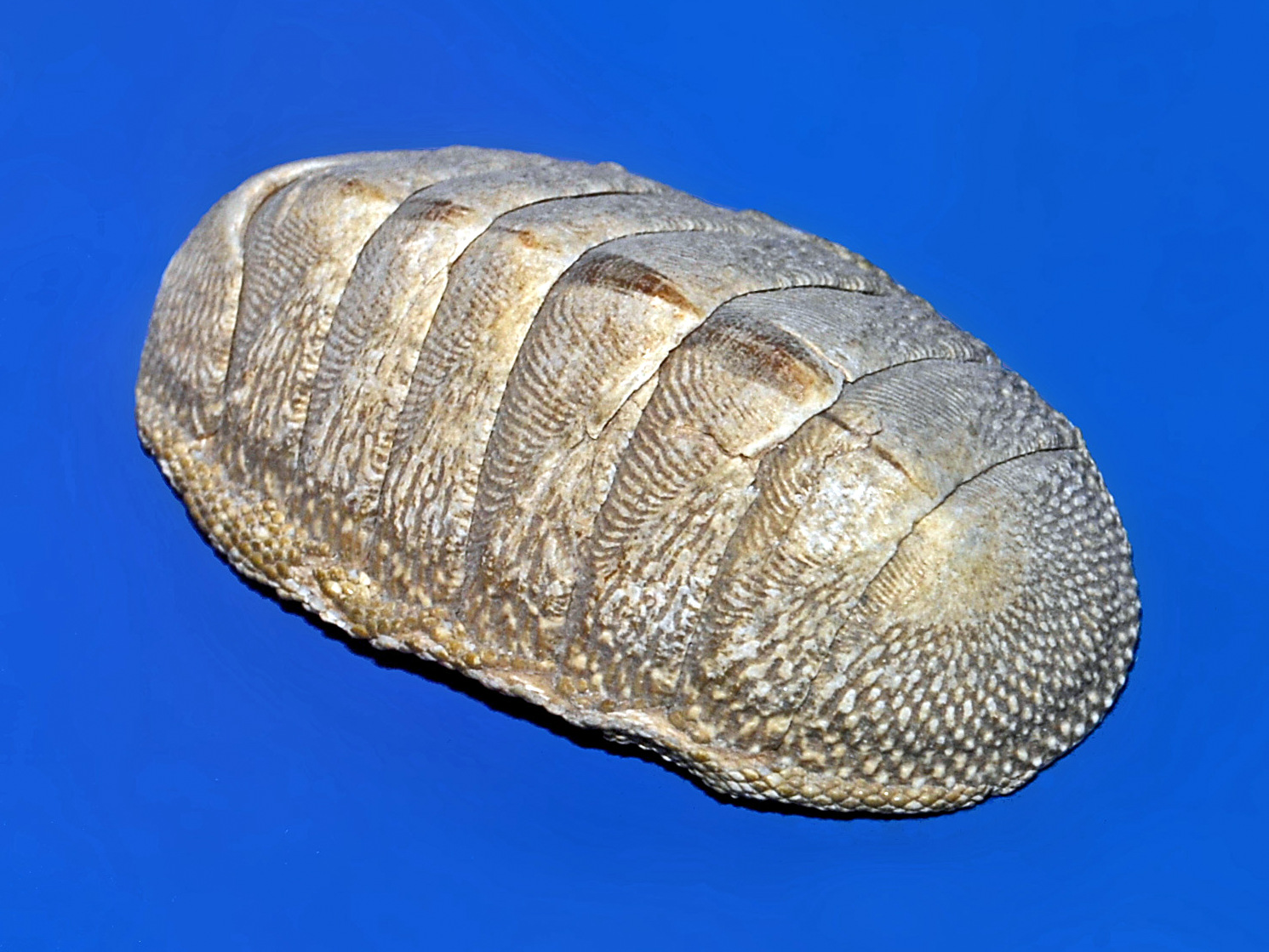
Molluscs: Chitons
(Looks like lots of connected shells/cells)
Feeding: grazer
Gut: complete (1-way)
Symmetry: bilateral
Key Features: specialized muscular foot, used primarily for locomotion, radula present, shell modified into 7-8 plates!!
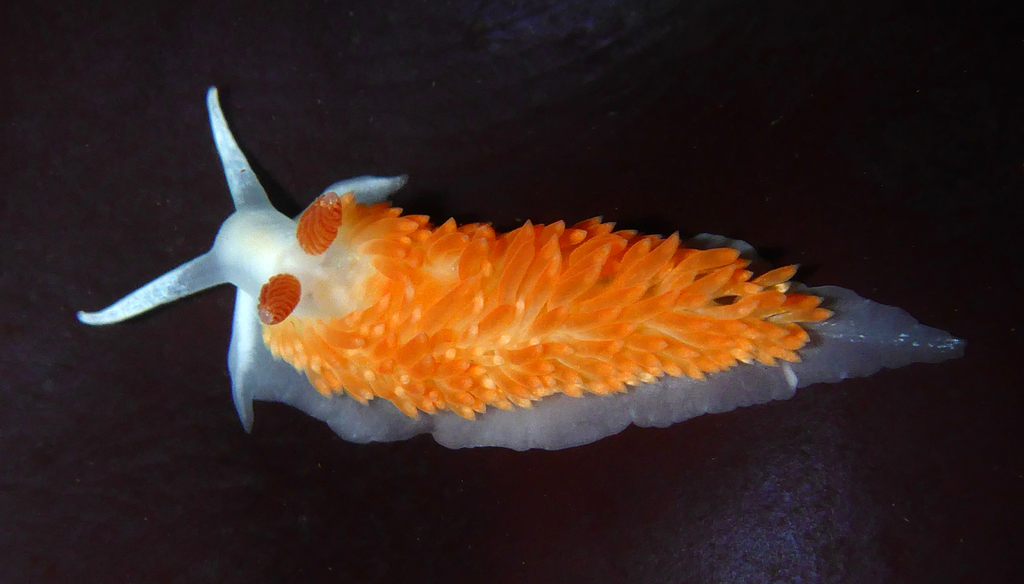
Molluscs: Aeolid Nudibranchs
(Looks like neon snails/ flowers with anemone/flowery wavy backs)
Feeding: grazer
Gut: complete (1-way)
Symmetry: bilateral
Key Features: specialized muscular foot, used primarily for locomotion, radula present, shell!
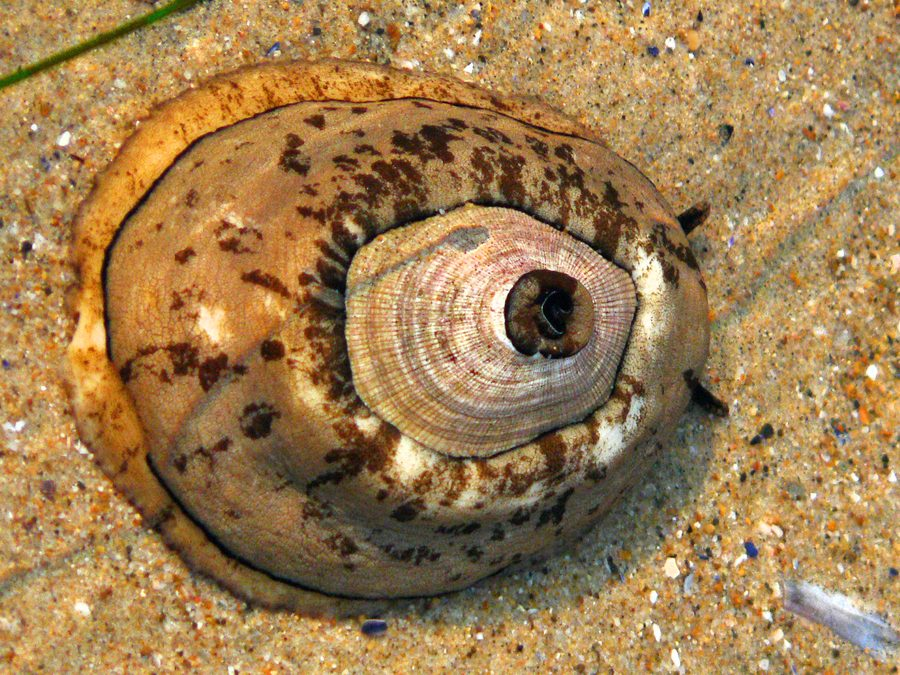
Molluscs: Giant Keyhole Limpet
(Looks like large grey oval, inner pink oval, inner grey oval with hole)
Feeding: grazer
Gut: complete (1-way)
Symmetry: bilateral
Key Features: foot for moving, radula lost, shell!

Annelids: Feather-duster Worm
(Looks like brown/grey worm body with red/orange huge feather duster head!)
Feeding: filter
Gut: complete (1-way)
Symmetry: bilateral
Key Features: paired setae, feathery feeding appendages, segmented bodies)
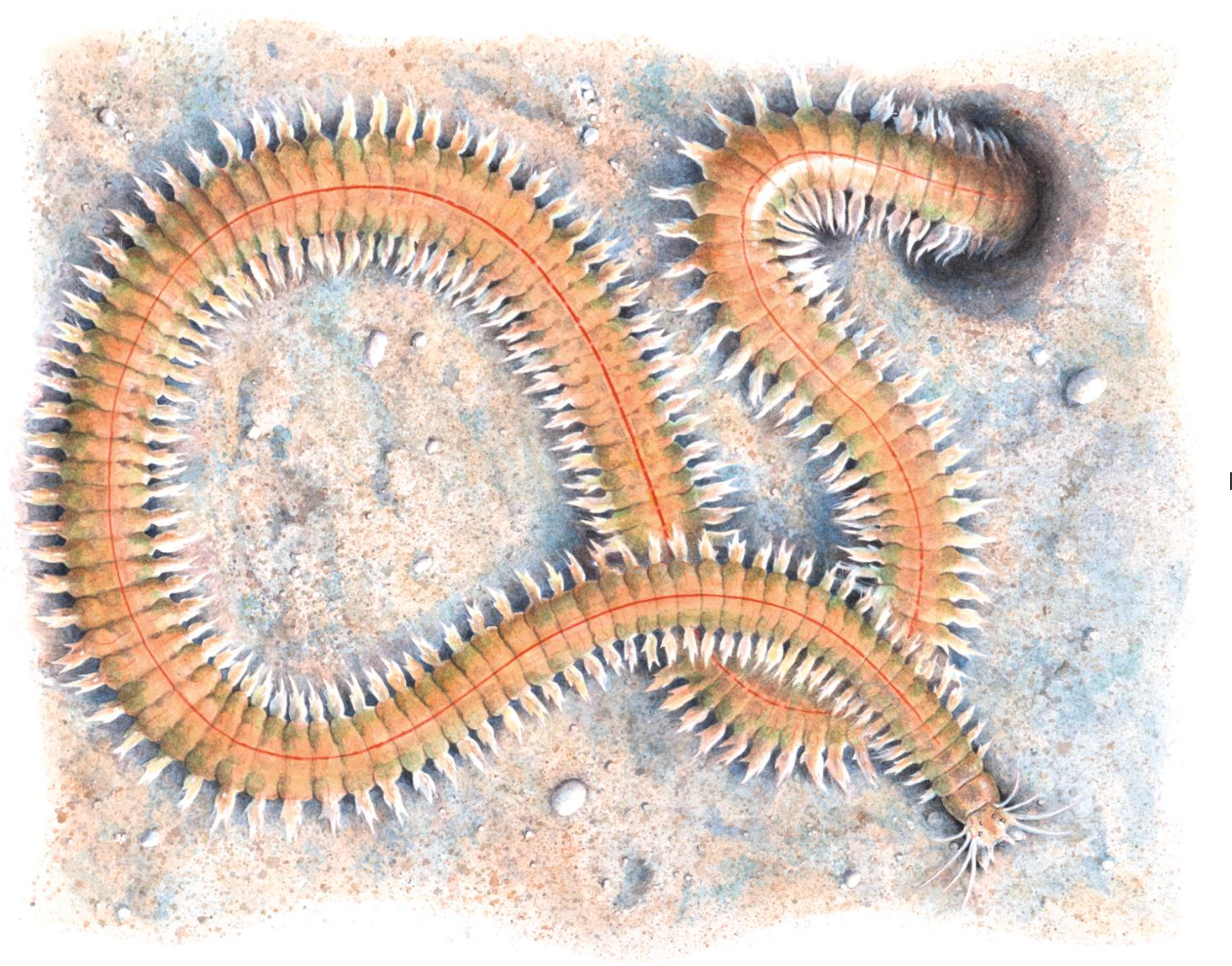
Annelids: Rag Worm
(Looks like brown, pink slimy worms)
Feeding: predator
Gut: complete (1-way)
Symmetry: bilateral
Key Features: eversible jaws, paired setae, segmented bodies
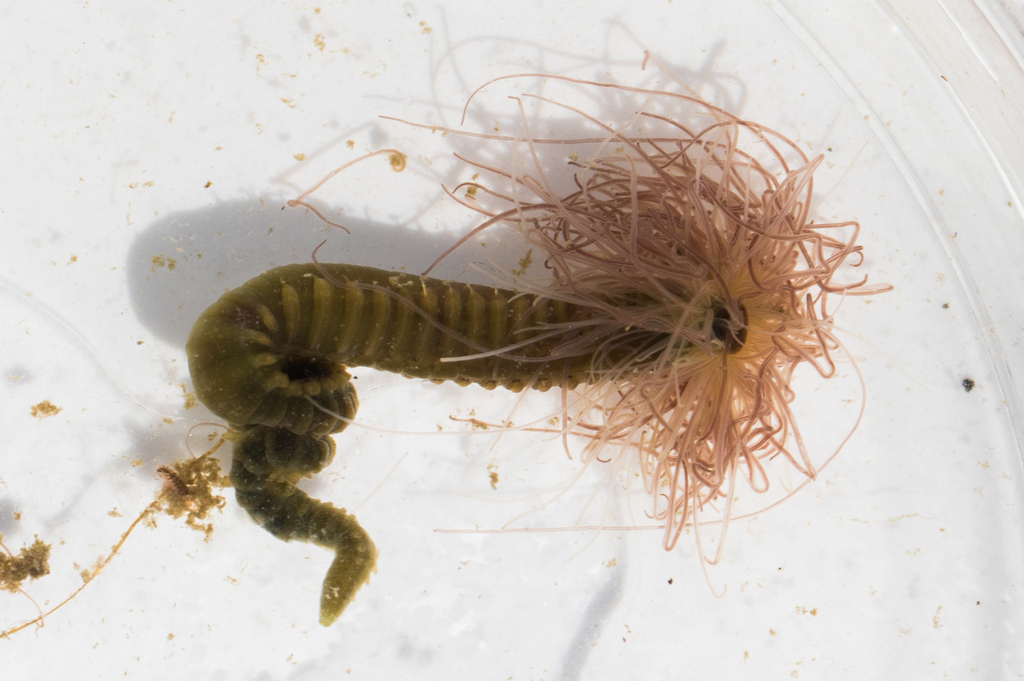
Annelids: Spaghetti Worms
(Looks like worm/shrimp/scaly worm body, pink with pink and red spaghetti coming out of its head)
Feeding: filter
Gut: complete (1-way)
Symmetry: bilateral
Key Features: paired setae, tentacle, segmented bodies
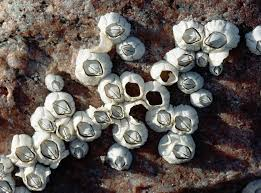
Anthropods: Acorn Barnacle
(Looks like a lot of small white barnacle shells slightly opened with little acorns inside)
Feeding: suspension feeder
Gut: complete (1-way)
Symmetry: bilateral
Key Features: segmented body, jointed appendages, cuticular exoskeleton
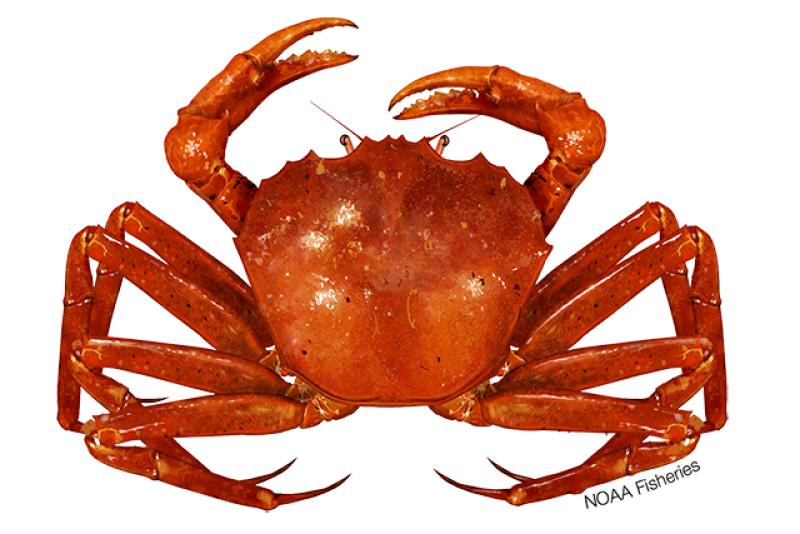
Anthropods: Crab
(Looks like all types of crabs)
Feeding: scavenger, predator
Gut: complete (1-way)
Symmetry: bilateral
Key Features: segmented body, jointed appendages, cuticular exoskeleton

Anthropods: Desert Millipede
(Looks like a large, fat brown and yellow, brown and red, centipede)
Feeding: scavenger, grazer
Gut: complete (1-way)
Symmetry: bilateral
Key Features: segmented body, jointed appendages, cuticular exoskeleton
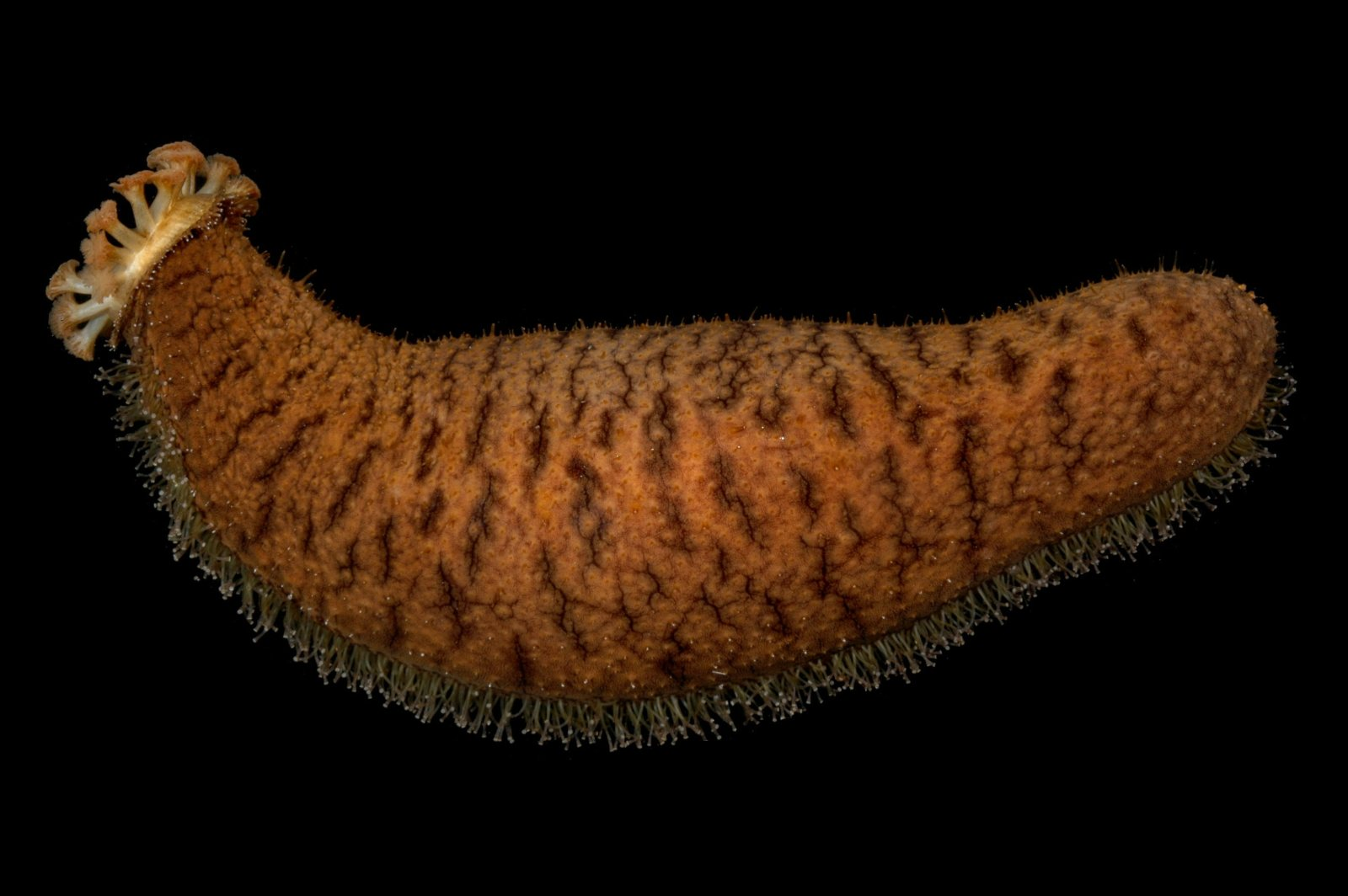
Echinoderms: Sea Cucumber
(Looks like brown sea slug with a spiky back)
Feeding: deposit feeder
Gut: complete (1-way)
Symmetry: pentaradial
Key Features: no head/brain, water-vascular system, tube feet, spines to move

Echinoderms: Sand Dollar
(Looks like purple sand dollar with a little 5-points flower)
Feeding: suspension, deposit feeder
Gut: complete (1-way)
Symmetry: pentaradial
Key Features: no head/brain, water-vascular system, tube feet, spines to move

Chordata: Solitary Tunicate
(Looks like a white/yellow tubey barnacle that might be squishy)
Feeding: suspension feeder
Gut: complete (1-way)
Symmetry: bilateral
Key Features: two siphons, larvae retain chordate synamorphies, most lost in adult
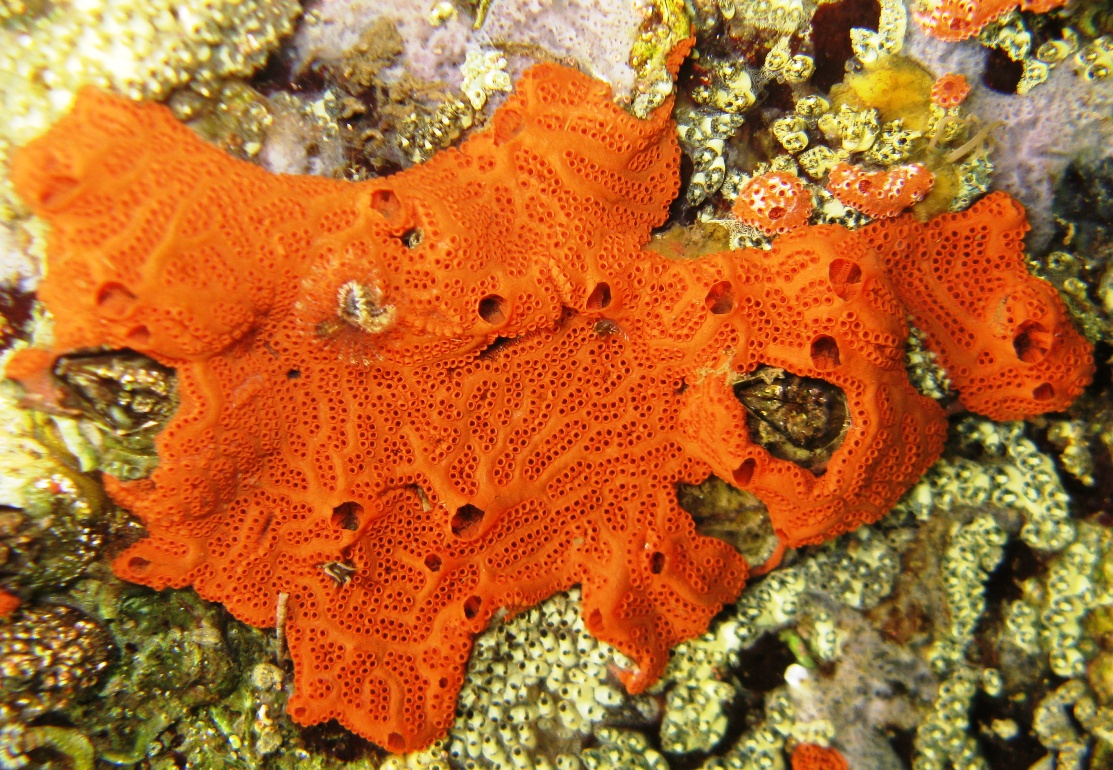
Chordata: Compound Tunicate
(Looks like compounded white/yellow/orange/red barnacles all squished up flat)
Feeding: suspension feeder
Gut: complete (1-way)
Symmetry: bilateral
Key Features: two siphons, larvae retain chordate synamorphies, most lost in adult
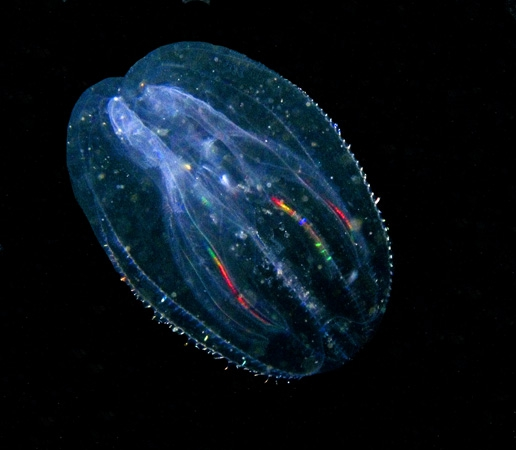
Key characteristics of: ctenophora
Gut: complete (1-way)
Symmetry: radial
Key Features: move thru water by beating cilia, named for “ctenes" aka stacks of cilia, also known as comb jelly
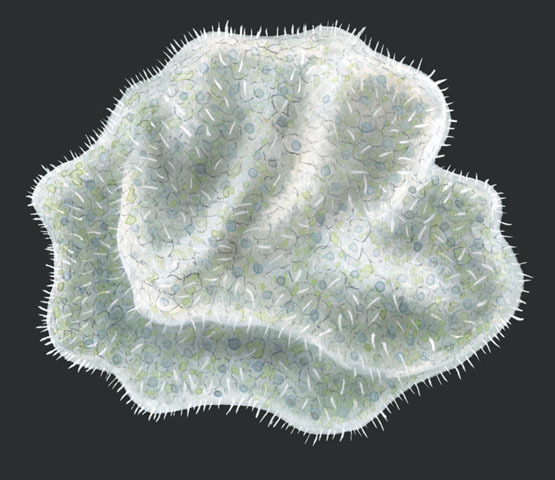
Key characteristics of: placozoa
Gut: None
Symmetry: asymmetrical
Key Features: use cilia for locomotion, adheres to surfaces, only 4 described species